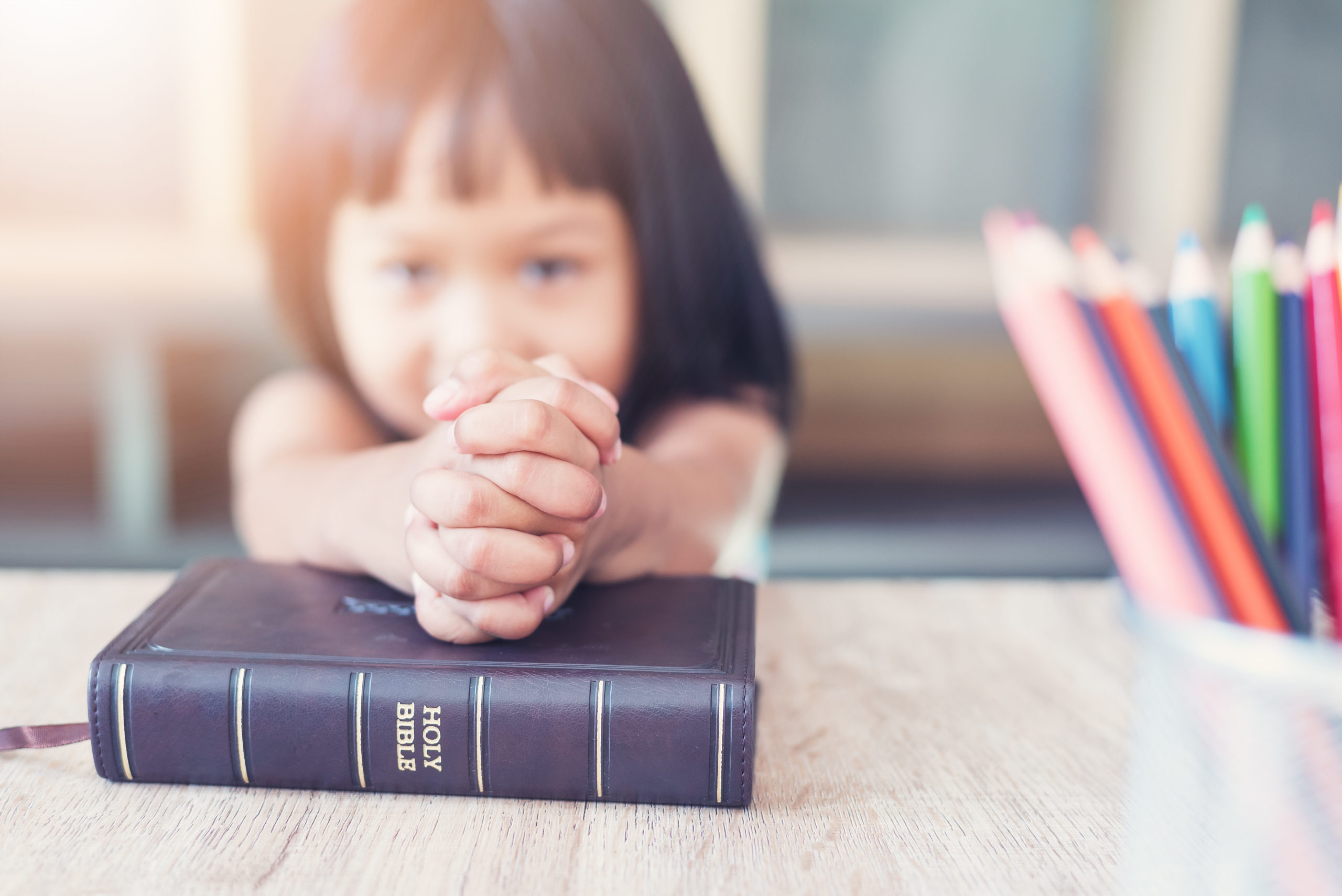
Thank Catholic Innovation for – Catholic Education
When more than 5 million Catholic immigrants arrived on American shores in the 19th century, the Church faced numerous challenges, particularly in the area of education. How would these younger generations learn and maintain their Catholic faith if the only education available was heavily Protestant and run by the state?
Enter Catholic education.
Though Catholic schools had been formally established in the colonies and began growing after the Bill of Rights proclaimed religious freedom, it wasn’t until the 19th century wave of immigration when the Church developed truly innovative ways to help young people remain in the faith. Church leaders witnessed the growing influence of Protestantism in America, especially in public schools run by the state, and sought an intentional way to counteract this. They believed that these schools both “threatened to alienate Catholic children from their religious, cultural, and familial heritage”1 and prioritized government ideals over the values of faith and family.
The First Plenary Council of Baltimore in 1852 exhorted bishops to establish Catholic schools at every parish in their diocese. Even Pope Pius IX called for an increase in parochial schools in America, urging dioceses to meet the needs of a growing Catholic population. Protestants strongly opposed public funding for Catholic schools, so the schools relied on the generosity of local Catholics and low-paid staff primarily consisting of religious sisters.
By 1900, more than 3,500 Catholic schools, serving all ages, had been established. Even more impressive is the fact that by 1920, more than 6,500 Catholic schools served 1.7 million elementary age students. This boom continued throughout the 20th century, especially during the Baby Boom that followed the second World War.
Since arriving onshore in the 17th century, American Catholics have fought to practice and preserve their faith in an effort to raise future generations in the Church. By responding to the need for intentional faith education, U.S. priests and church leaders demonstrated an innovative spirit in the face of unprecedented challenges that called the faithful into mission.
1Maloney, A 2015, “Heroic Effort: The History of Catholic Schools in America,” Humanum, no. 2., https://humanumreview.com/articles/heroic-effort-the-history-of-catholic-schools-in-america



